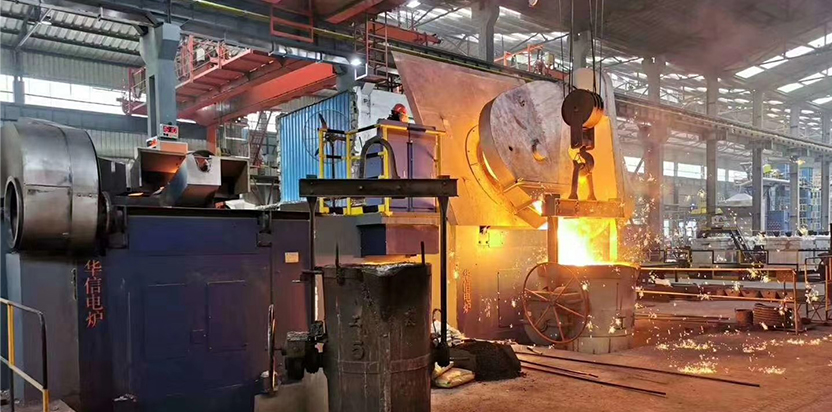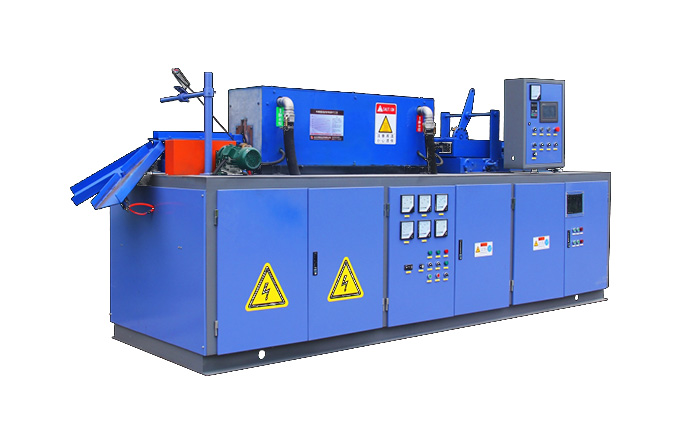induction furnace working principle
Induction furnaces are widely used in the metallurgical industry for melting and heating metals. The principle behind the induction furnace is based on the electromagnetic induction phenomenon. This article will explain the working principle of an induction furnace and its types.
Induction Furnace
An induction furnace is a type of furnace that uses electromagnetic induction to heat and melt metals. It is a highly efficient and cost-effective way of melting metals as compared to traditional furnaces. Induction furnaces are commonly used in foundries and steel plants for melting iron, steel, and other metals.
Induction Furnace Working Principle
The working principle of an induction furnace is based on the Faraday’s law of electromagnetic induction. According to this law, when a conductor is placed in a changing magnetic field, an electric current is induced in the conductor. In an induction furnace, a high-frequency alternating current is passed through a coil, which creates a magnetic field around it.
When a metal is placed in the coil, the magnetic field induces an electric current in the metal, which generates heat due to its resistance. As the metal heats up, it starts to melt, and the molten metal is collected in a crucible.
Induction Furnace Types
There are two types of induction furnaces: induction melting furnace and induction heating furnace
Medium Frequency Induction Furnace Mainly used for melting steel, iron, copper, aluminum and alloy, is with high melting efficiency, good electricity saving effect, good metal component uniformity, less burning loss, speedy temperature rise, easy control of temperature, is suitable to all kinds of metal melting


Conclusion
Induction furnaces are widely used in the metallurgical industry for melting and heating metals. The working principle of an induction furnace is based on the Faraday’s law of electromagnetic induction. There are two types of induction furnaces: coreless induction furnace and channel induction furnace. Induction furnaces are highly efficient and cost-effective as compared to traditional furnaces.

